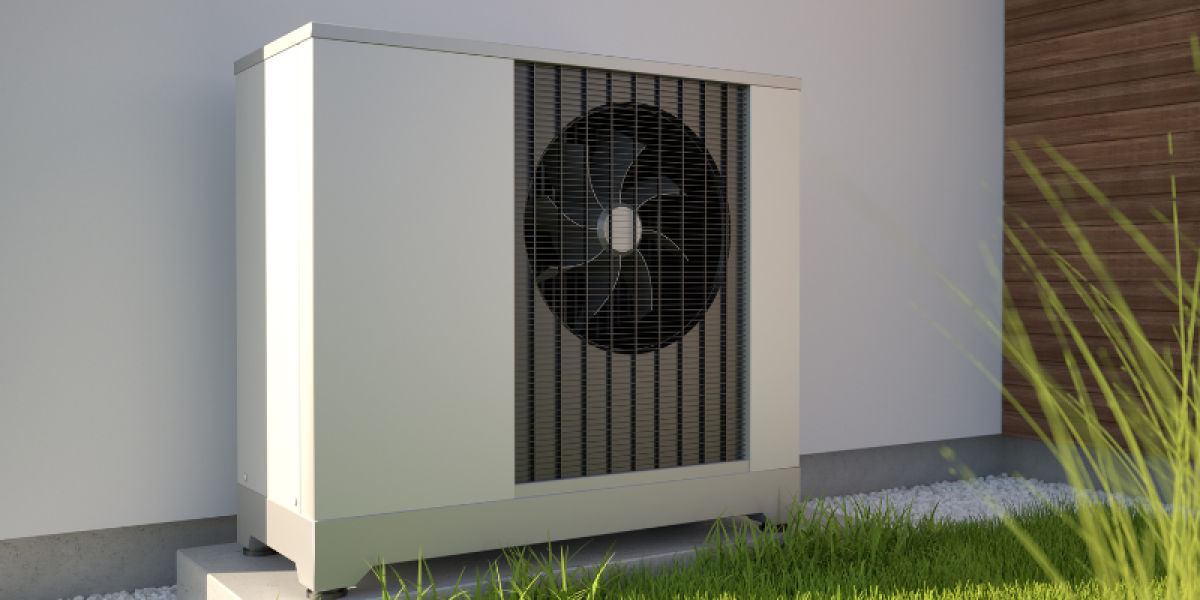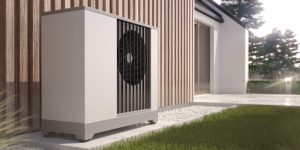Heat Pumps: China's Transition Towards Sustainable Heating
Heat pumps in China, which accounted for 8% of sales in 2022, have become standard in many buildings, especially in central and southern regions, for heating and cooling.

Heating accounts for nearly 20% of the energy consumed globally in industry and buildings, contributing to about a quarter of energy emissions.
China, responsible for about one-third of the world's heat consumption, plays a crucial role in global trends. Over the past 10 years, heat consumption in Chinese buildings has grown at an unprecedented rate, positioning China as the second-largest market for space and water heating, after the United States, with an energy demand of about 12 EJ.
This trend continues to expand with the increase in heating equipment. The new IEA report delves into the role of heat pumps in reducing greenhouse gas emissions from Chinese heating.
Towards a Cleaner Future: China's Energy Shift with Heat Pumps
Currently, China relies heavily on coal for its heating, which constitutes about half of the final energy consumed to heat buildings and industries, contributing to 40% of national CO2 emissions.
However, this figure has decreased by 5% over the past 10 years, thanks to targeted environmental policies. Global sales of heat pumps have seen an almost 30% increase since 2020, despite a slight 3% decline in 2023. China, a global leader in the heat pump market, recorded a 12% increase in sales in 2023, highlighting the key role of heat pumps in energy efficiency and decarbonization of heating.
Heat pumps in China, accounting for 8% of sales in 2022, have become standard in many buildings, especially in central and southern regions, for heating and cooling. The use of this technology for hot water production is also growing, although the market is still dominated by traditional solutions. Heat pumps are up to five times more efficient than fossil fuel-based systems, but their industrial and district heating use is limited by factors such as awareness and initial costs.
Boosting Clean Heat: Heat Pumps as a Lever for China's Carbon Neutrality
In terms of decarbonization, decentralized heat pumps already cover 4% of the heating needs of buildings in China, with a capacity of over 250 GW. With China's carbon neutrality goal, capacity is expected to increase to 1400 GW by 2050, covering 25% of heating needs. Rural areas in central and southern China offer the greatest growth potential.
In industry, low-temperature heat, below 200°C, used mainly in light industries and chemicals, represents a large portion of heat consumption, with a potential coverage of 15% through heat pumps.
Heat pumps also offer the possibility of recovering waste heat, with nearly 20 EJ available by 2050, potentially exploitable for decarbonizing the sector.
In this sense, the adoption of heat pumps can significantly reduce direct CO2 emissions, with a projected reduction to 70 Mt CO2 in 2050 from buildings and to less than 10 Mt CO2 from light industries, emphasizing the importance of electrification and energy efficiency in reducing the environmental impact of heating.
Related Focus





